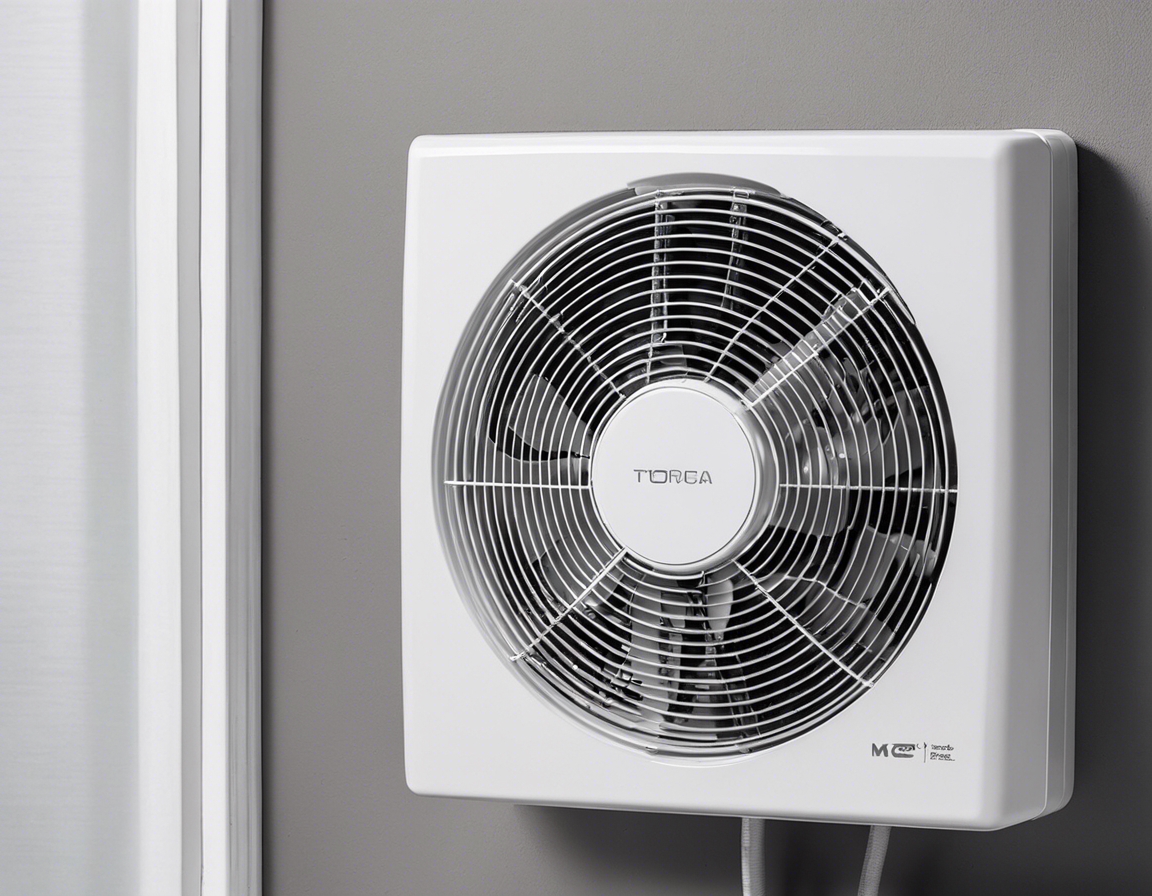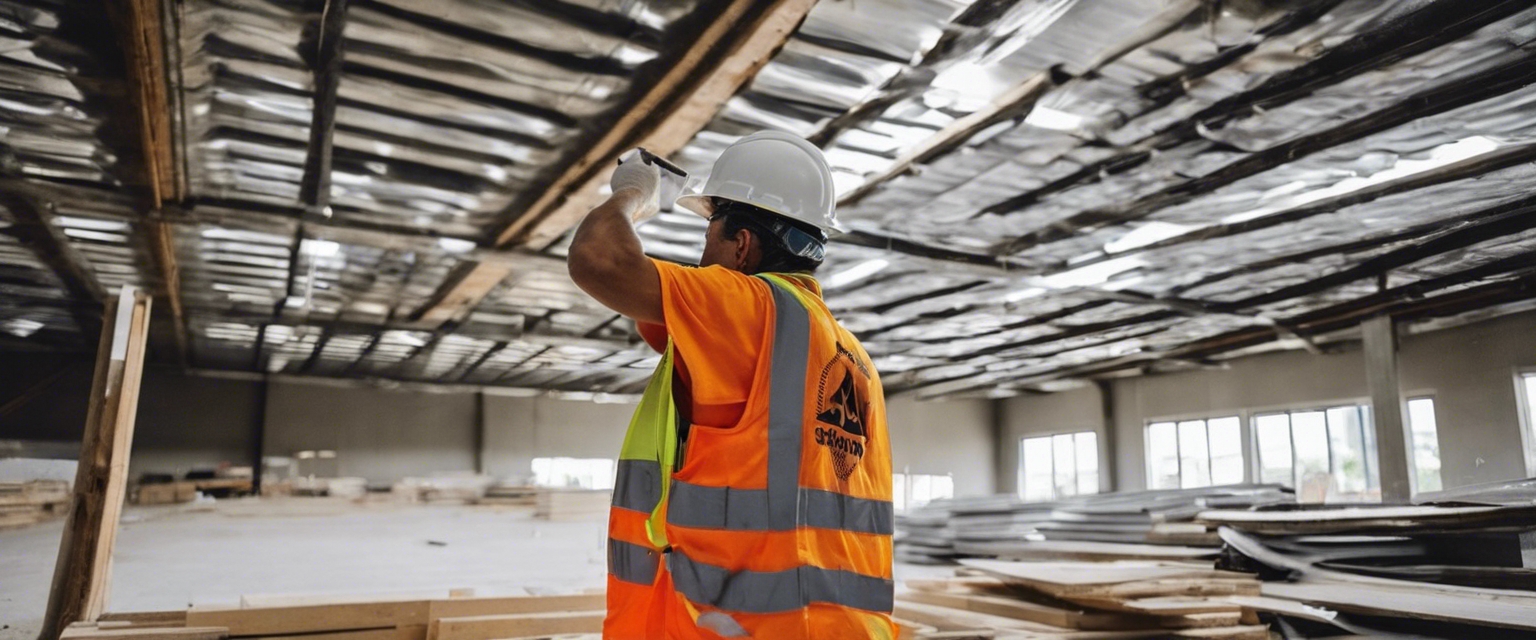The benefits of heat recovery in ventilation systems
Ventilation is a critical component of modern building design, ensuring a continuous supply of fresh air while maintaining indoor comfort. It plays a vital role in removing stale air, controlling moisture, and reducing the accumulation of indoor pollutants.
Heat recovery is a process that captures waste heat from exhaust air and uses it to preheat incoming fresh air. This technology is a cornerstone of energy-efficient building practices, allowing for significant energy savings and reduced environmental impact.
The Advantages of Heat Recovery in Ventilation
One of the primary benefits of heat recovery systems is their ability to significantly reduce energy consumption. By reclaiming heat that would otherwise be lost, these systems lower heating demands and can lead to substantial cost savings on energy bills.
Heat recovery ventilation systems ensure a constant flow of fresh air, which is essential for maintaining healthy indoor environments. They effectively filter out pollutants and moisture, reducing the risk of mold growth and improving overall air quality.
By maintaining a balanced indoor temperature and reducing drafts, heat recovery systems contribute to a more comfortable living and working environment, which is especially important during the extreme seasons.
Reducing energy consumption not only saves money but also lessens the carbon footprint of a building. Heat recovery systems are a key component in sustainable building design, contributing to greener construction practices.
High-quality heat recovery systems, like those offered by Systemair AS, are designed for longevity and reliability, ensuring that they continue to deliver benefits for years to come.
How Heat Recovery Systems Work
A typical system includes an air-to-air heat exchanger, filters, ductwork, and controls. These components work together to efficiently transfer heat from outgoing stale air to incoming fresh air.
The core of the system, the heat exchanger, operates by passing warm exhaust air in close proximity to cooler incoming air, transferring heat without mixing the two air streams.
There are several types of heat recovery systems, including rotary heat exchangers, plate heat exchangers, and heat pipes, each suitable for different applications and efficiency requirements.
Integration and Installation Considerations
Heat recovery systems can often be integrated with existing HVAC systems, enhancing their efficiency without the need for a complete overhaul.
Proper design and installation are crucial for maximizing the benefits of heat recovery systems. It's important to work with experienced professionals who understand the specific needs of your building.
Regular maintenance is essential to ensure that heat recovery systems operate at peak efficiency. Simple actions like filter changes and system checks can prevent performance issues.
Choosing the Right Heat Recovery Solution
Every building is unique, and selecting the right heat recovery system requires careful consideration of factors such as climate, building size, and occupancy patterns.
At Systemair AS, we specialize in providing top-tier ventilation solutions that meet the highest standards of energy efficiency and performance. Our team of experts is ready to help you find the perfect heat recovery system for your needs.







Comments (0)